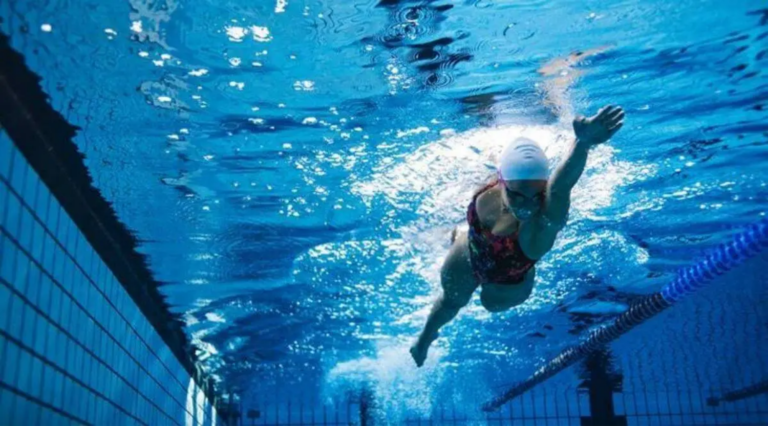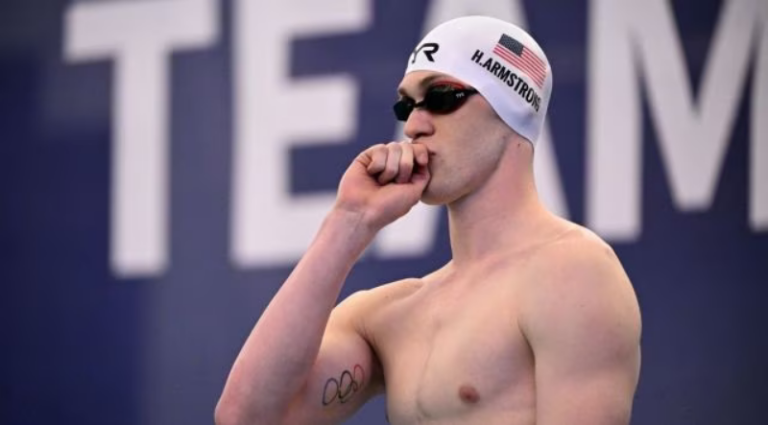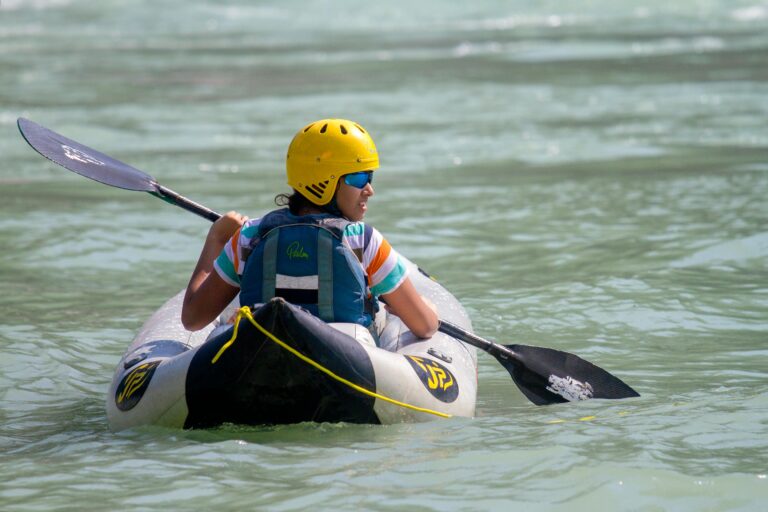What’s in a name? A bit of aquatic confusion at the Olympics
In the Olympic aquatic events, confusion arises over the terminology used for certain disciplines. While officially labeled as marathon swimming (comprising 10-kilometer races for men and women at Tokyo Bay) and artistic swimming (a women-only event featuring duets and teams performing synchronized routines with dramatic music at the Olympic pool), competitors often have their own preferred terms.
American swimmer Haley Anderson, who finished sixth in women’s marathon swimming, prefers to call it “open water,” emphasizing the endurance aspect of the race. Svetlana Romashina from Russia, who secured a record sixth gold medal in artistic swimming, acknowledged the ongoing confusion surrounding the terminology. Despite the global preference for “artistic swimming,” she mentioned that in her country, it is still commonly referred to as synchronized swimming.

The sport, initially known as synchronized swimming since its inclusion in the Olympics in 1984, has faced challenges in being taken seriously. To enhance its popularity and attract sponsors and television partners, the governing body FINA renamed it “artistic swimming” after the 2016 Rio de Janeiro Olympics. While some athletes resisted the change, believing it harkens back to the sport’s water ballet origins, the shift appears to be slowly gaining acceptance.
USA Synchro officially changed its name to USA Artistic Swimming, reflecting the broader transformation of the sport. Despite the name change, athletes like Romashina stress the importance of showcasing the beauty and athleticism of the discipline, whether called synchro or artistic swimming.

In contrast, long-distance swimming races held in oceans, rivers, and lakes are commonly referred to as open water. However, at the Olympics, the 10k event added in 2008 is officially named the marathon. Despite this, many swimmers, including Ashley Twichell of the U.S., continue to use the traditional term “open water” to describe these challenging races. Ultimately, for these athletes, the focus remains on achieving gold, silver, and bronze, regardless of the terminology used.



